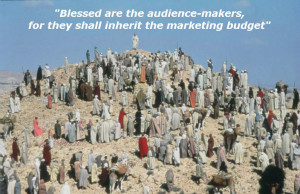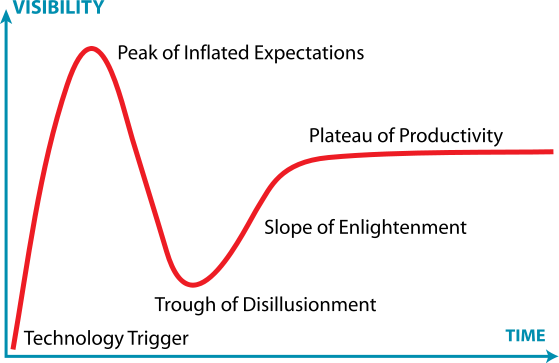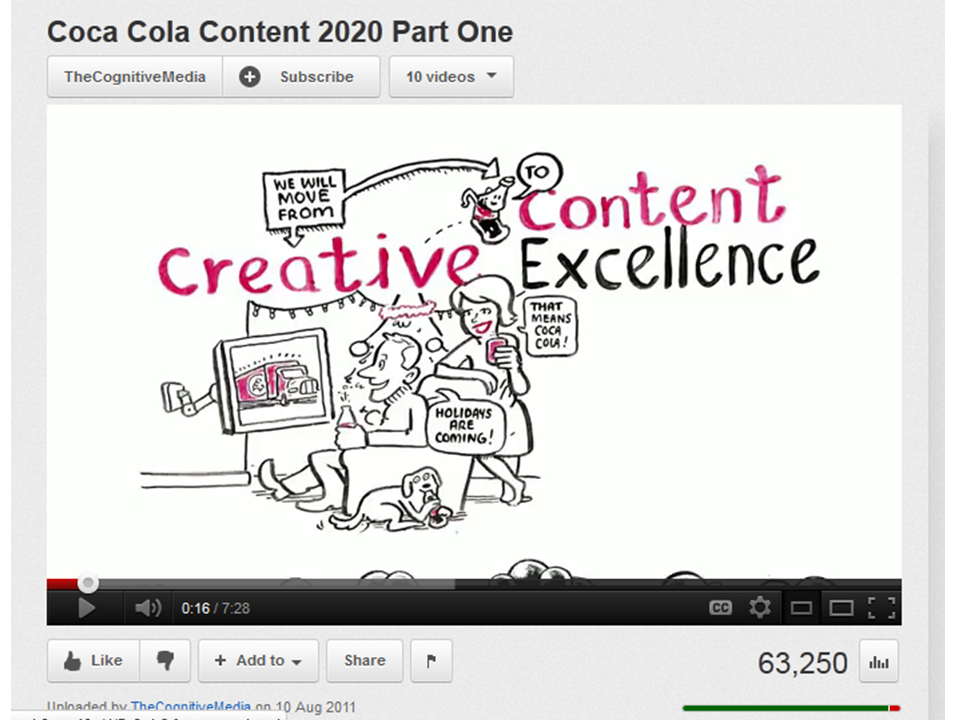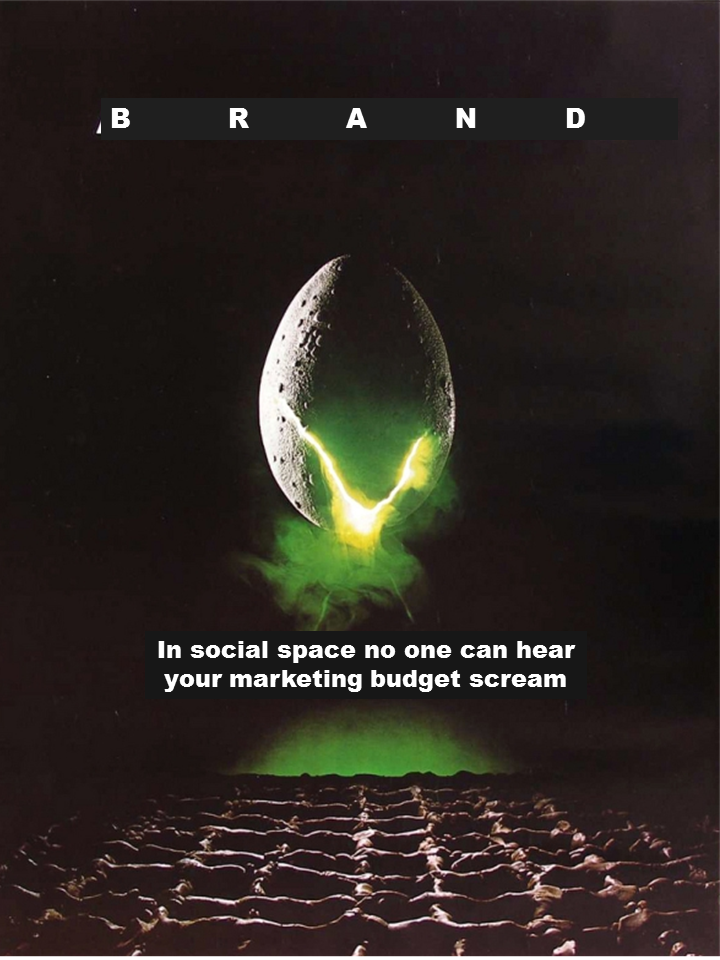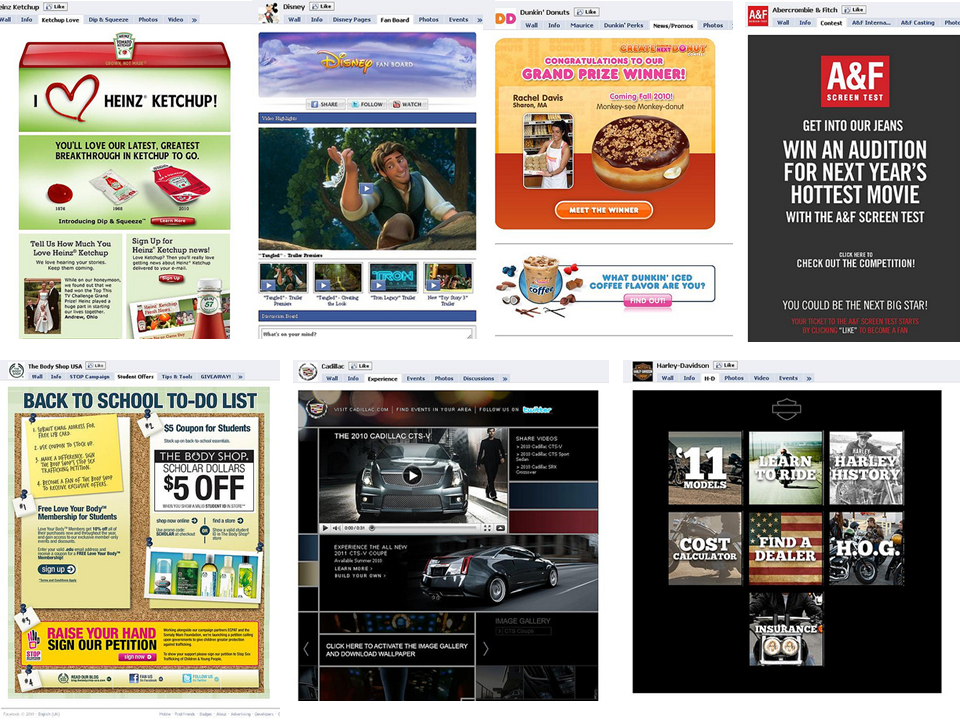Call in a beer-strike: another reason why DTC is overblown
 Mark Ritson has just published a piece in Marketing Week which skewers a lot of the hype around the so-called direct-to-consumer (DTC) revolution. I have also been brewing some thoughts on this one having read this piece a couple of weeks ago about Heineken’s DTC efforts. This actually presents the refreshingly honest admission that Heineken doesn’t really know what it is doing in this space.
Mark Ritson has just published a piece in Marketing Week which skewers a lot of the hype around the so-called direct-to-consumer (DTC) revolution. I have also been brewing some thoughts on this one having read this piece a couple of weeks ago about Heineken’s DTC efforts. This actually presents the refreshingly honest admission that Heineken doesn’t really know what it is doing in this space.
Heineken believes the problem is that it doesn’t have sufficient data on their consumers. My take was that their problem might be that they have failed to find data which supports the idea that their consumers actually want to buy a beer online – because such data doesn’t exist. Personally (and like Heineken I have no ‘data’ to support this view) I can’t imagine a situation where you would ever want to order a beer online. For beer, and most other FMGC / grocery products there is almost always going to be an advantage to operate through some form of intermediary. The digital and data revolution may well change who these intermediaries are and how they operate, but it is unlikely to do away with them.
The only instance where it would make sense to order a beer online is if delivery could be guaranteed within around 2 minutes. If, in effect, you could call-in a beer-strike. So if there was a bar-app that would allow you to order drinks for delivery at your table – great (although in this instance the bar is acting as a form of intermediary). But outside of a bar it is always going to make sense to aggregate your purchases of beer (and many other similar types of products), rather than order them one at a time. Quite possibly you will add them to an voice-activated list one item at a time (or have them algorithmically suggested or added for you), but delivery efficiencies and consumer convenience will always create a system that tends towards towards batching items for delivery within a minimised number of predetermined time slots.
This is not to say that there isn’t a place for DTC in FMCG in the GDF (Great Digital Future), but is likely to be restricted to a relatively narrow range of products – those products that are not naturally adapted to aggregated retailing but have had to accept aggregation because of lack of business model to support individualised distribution. Remember, razors fit through a letterbox, beer bottles don’t.
It comes back to a focus on the big structural shifts that the digital revolution is creating. Shift number one is the separation of stuff from the thing that distributes that stuff – be that the separation of news from newspapers or banking from bankers. This is often a separation of process (finance) from institutionalised delivery (banks) thus supporting a process of disintermediation or emergence of new forms of intermediary (Uber).
Second, and of greatest consequence for marketing, is the shift from the world of the audience to the world of the individual where the challenge is behaviour identification and response (a connection challenge rather than a distribution challenge). Don’t use technology to impose behaviours on consumers, use it to respond to identified (rather than assumed) consumer behaviours. If Heineken can deliver a beer to my hand within 120 seconds and at no significant extra cost – fantastic. But until that can happen, Heineken is playing a game that doesn’t exist.


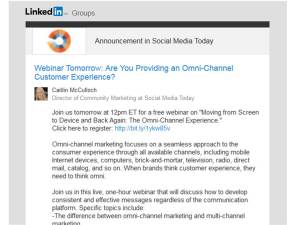
 Marketing has always been a cold business. We may not have realised this in the same way that our ancestors in the Ice Age didn’t think it was especially chilly. As they were huddled round their fires, drapped in layers of woolly mamoth skin, they were not dreaming of laying out on a sunny beach in their fur-lined swimwear. We only call it the Ice Age because we are looking back at it from the perspective of a warmer world. We can now see that pretty much eveything our ancestors were doing in the Ice Age revolved around the fact that keeping warm was difficult, but to the folks at the time, this was just business-as-usual.
Marketing has always been a cold business. We may not have realised this in the same way that our ancestors in the Ice Age didn’t think it was especially chilly. As they were huddled round their fires, drapped in layers of woolly mamoth skin, they were not dreaming of laying out on a sunny beach in their fur-lined swimwear. We only call it the Ice Age because we are looking back at it from the perspective of a warmer world. We can now see that pretty much eveything our ancestors were doing in the Ice Age revolved around the fact that keeping warm was difficult, but to the folks at the time, this was just business-as-usual.